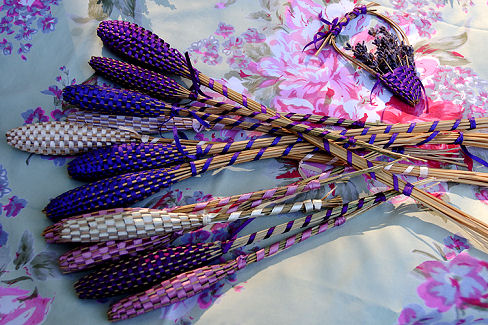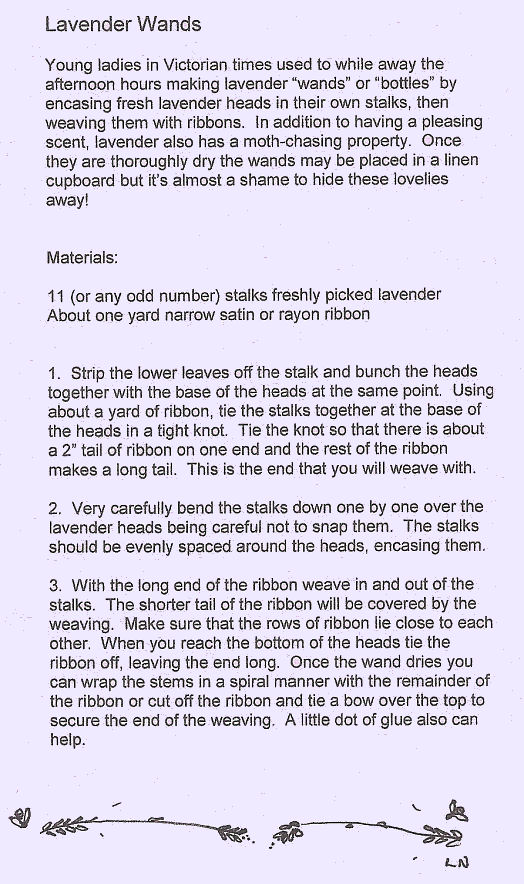I’ve been to Centennial Lake the last three mornings in a row and everyday I saw at least one Heron.
The first day, Monday August 20th, I saw a great big Great Blue Heron and the White Heron my dad had seen one day in Dayton. I was taking a break from running when I heard that squawk of theirs and ran back to an opening in the trees to see out to the water, got a glimpse of the blue one and ran to the next break in the trees where it had been flying towards and saw it go by this little island of trees squawking louder now. Then thats when the white one flew out of its spot in the tree to make way for the big blue one and picked another spot. It was amazing but I couldn’t see them perched in the tree from where I was. I kept on walking and found them when I got to the other side of that part of the lake. They were just perched their, looking around, cleaning their wings, hanging out. It was such a beautiful sight.
The second day, Tuesday August 21st, I didn’t see the blue one but I did see the white one again. I spotted it first from this bridge by a tunnel. It’s white feathers stuck out like a big ball of snow against the grey sky and dark green leaves. It was perched in the same tree as the day before but higher up. I watched it from where I had before as it cleaned its wings and just sat there.
Today, Wednesday August 22nd, I saw at least two herons, maybe three, and all were Great Blue Herons. I didn’t spot the white one today but I got a really close up view of two of the Blue Herons. I was walking along this long stretch of flat and open trail by the water when I heard that squawking again and turned around to see two Great Blue Herons flying up to th path, one sweeping low to the waters edge and the other kept going up and up and to the other side past a line of trees. I quietly walked down closer to the water to spot the one that had landed there and I found it. I stood there for a good couple minutes maybe watching it before it flew off. A little later I was by the little wooded island where I had seen the Herons the past two days and spotted a heron again, perched in a nearby spot. Now, I couldn’t tell you if it was a different heron or one of the ones I saw earlier but it it was, it was going to be the one that flew over the path that I didn’t get the greatest view of. The one that had landed by the water was smaller than the one I saw later perched in a tree. It was an amazing sight none the less.
If you live in the area, I definitely suggest going to Centennial Lake to take a look around. I was there from 7am to 830am. I don’t know how often you see them there later in the day.
Great Blue Heron photo source: http://www.fws.gov/chesapeakebay/heron.html
White Heron photo source: http://mainethroughthelens.blogspot.com/


















